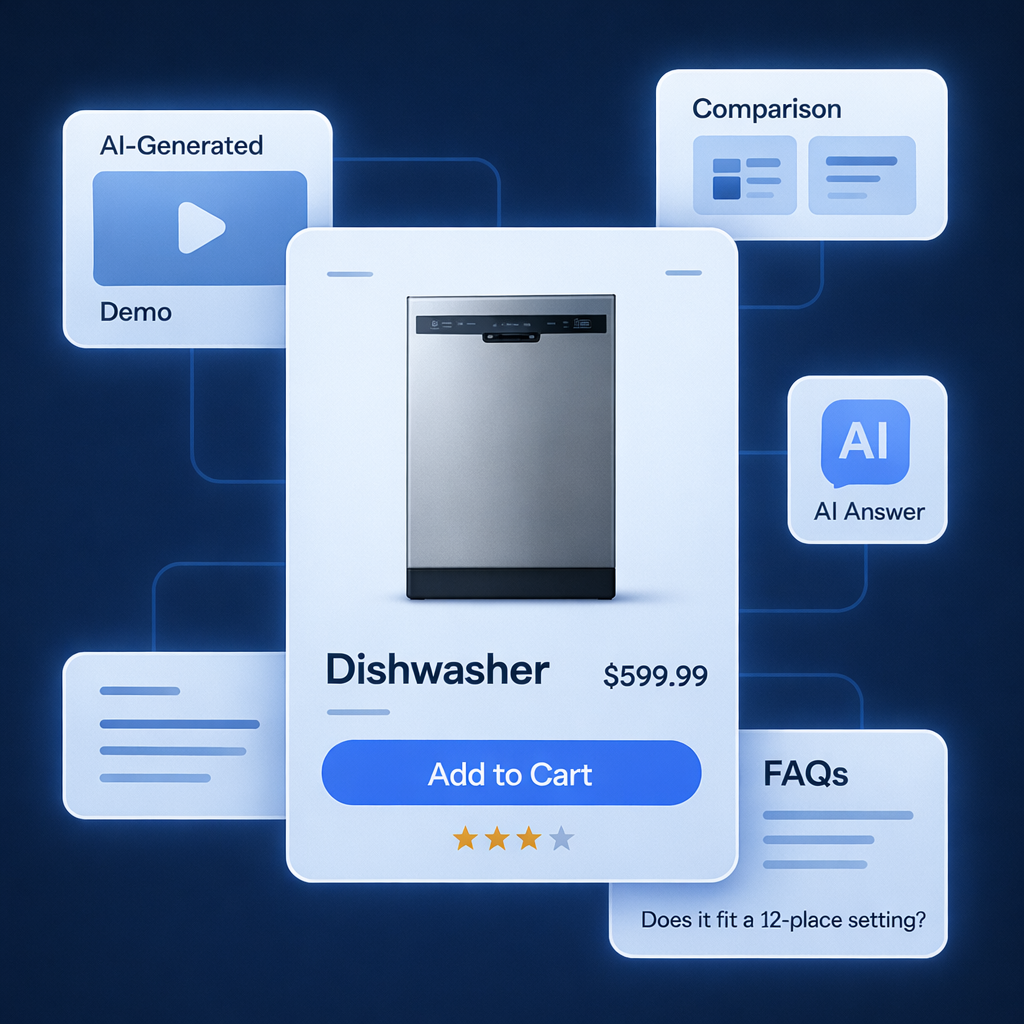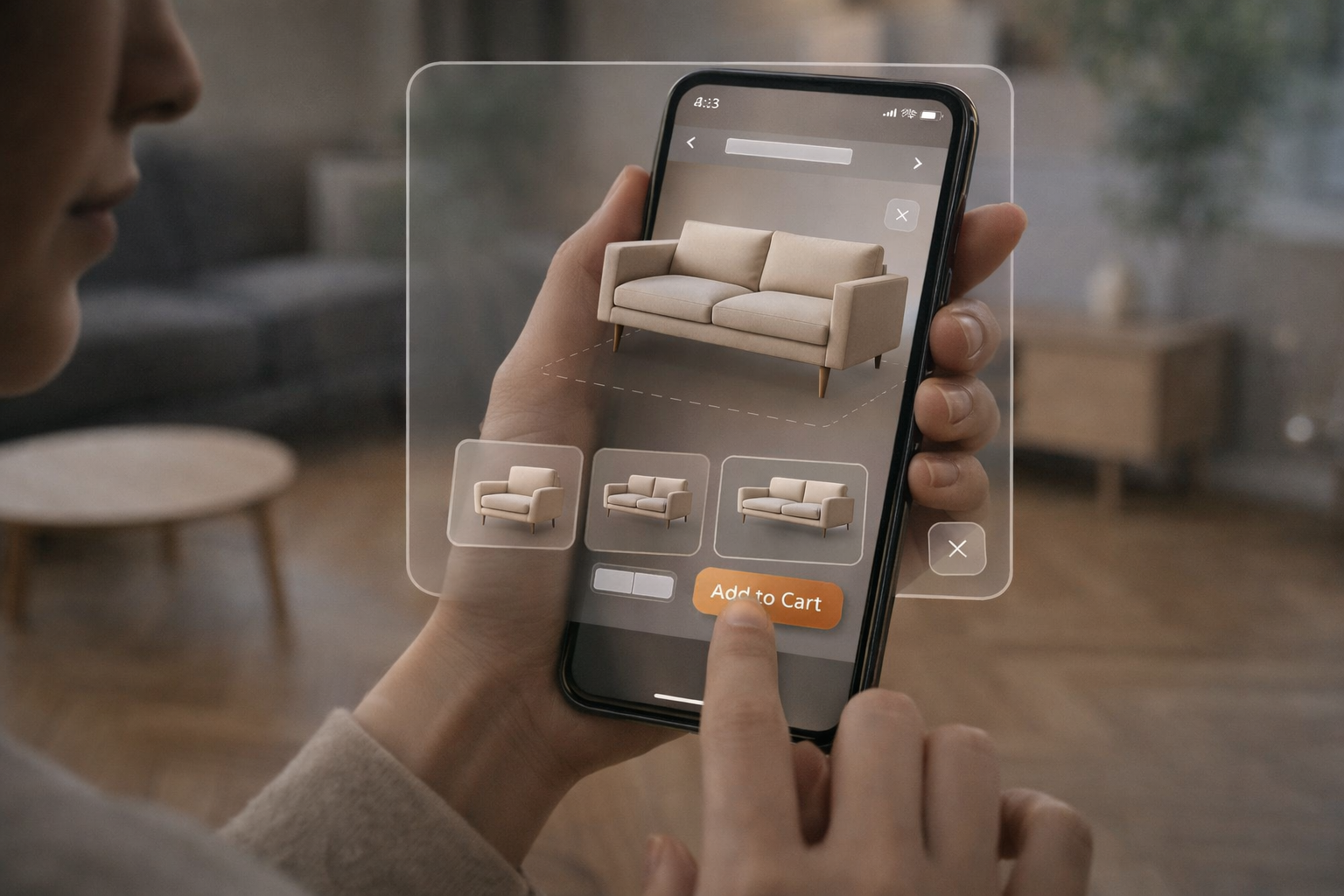We are constantly working with leading publishers on educating their teams about the latest trends in short videos and web stories. Quibi, a recent failure in this space, showed us many of the lessons learned from such a launch, including the timing and the nature of modern video storytelling.
As we constantly receive questions from publishers, we are sharing what we see as essential for leading publishers to establish a strong presence with short videos on their media platform. Before that, let’s take a quick look at another recent case study that showed us the pitfalls of building a digital video strategy from scratch from a tech giant.
CNN’s “Great Big Story,” shut down operations, after early signs of success. Backed by news behemoths, CNN and Warner Media, and a committed capital investment, Great Big Story was born 5 years ago with a mission to become the short video headquarters for CNN and Warner Media. Sadly, after a few years of experimenting with the format, they were shut down in September 2020.

What worked for CNN's Great Big Story initiative?
Branded short video is a lucrative ad format
The average media ad campaigns range in the hundreds of thousands of dollars. Sometimes, branded campaigns extend into the rarefied air of $1M+ branded sponsor deals, with an average of $50K+ per video clip.
What did not work for CNN's Great Big Story launch?
High video production costs
This might be a remnant of traditional media’s focus on high production value, that’s facing a revolutionary change in production. Very high production costs for video, like in the movie business, does not work for short videos. Production costs between $1-5K / short video clip, eats into the bottom line. Worse still, audiences these days are looking for authenticity that they crave, and get from social media, that that hurts the engagement as well.
Greater the number of channels, greater the distribution
While your own website might have somewhere around half a million page views or less, trying to build a presence on social networks or YouTube for traffic is a fool’s errand, since “there is no prediction of your own site’s traffic and revenue because we don’t control any of that,” as one of the executives shared.
Long-form vs. short-form
Much like in Quibi’s case, CNN’s “Great Big Story,” also takes a page from the old-school, more traditional format to define how short-videos are produced. The good news, as we shared earlier, is that the authenticity and high-engagement concepts are more important than the highest quality of producing that media houses may consider necessary.
Stay lean, build later
Silicon Valley is built on great ideas, that are run by lean teams. Larger companies are bureaucratic by nature and are not an ideal thriving ground for nimble ideas that the short-video world needs today to succeed.
The conclusion
As you can tell, whether it’s Quibi or CNN’s “Great Big Story,” investments by themselves are a necessary expenditure, but sadly, it tells us that success comes down to content & distribution -- for every media platform. And, more importantly, what matters is a deeper understanding of what truly clicks when it comes to short-video.
We’d love to hear your thoughts on this topic, so feel free to follow and tag us on Twitter @fireworkhq. And you can follow me on LinkedIn too. I look forward to continuing this conversation, as we share our learnings.
Unlock Exclusive Insights
By submitting this form, you agree to Firework's privacy policy and consent to receive personalized marketing communications. You can unsubscribe at any time.




























